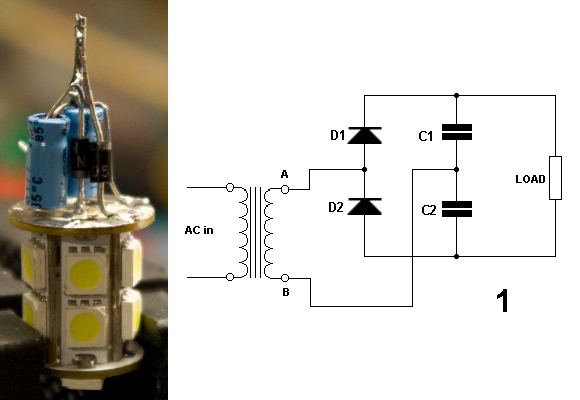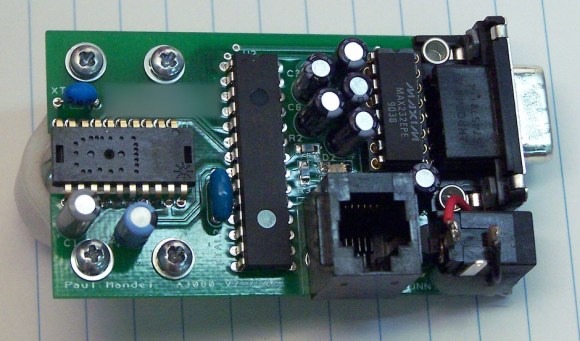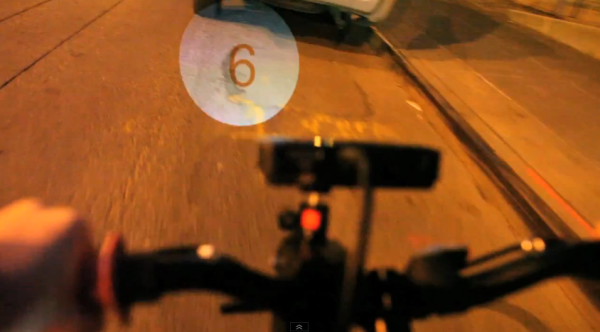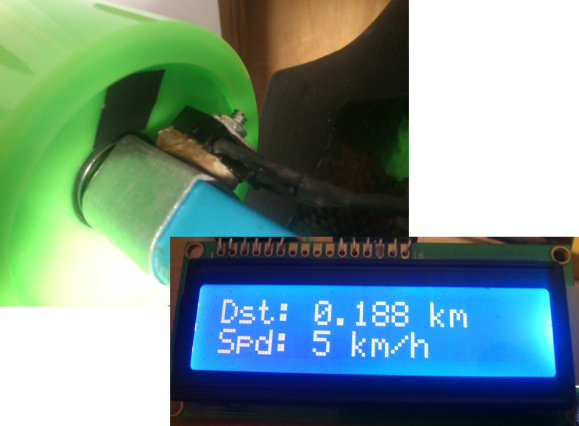
[Ivan] made something special with this car stereo hack. He altered the head unit to play MP3 files from USB and added an auxiliary line-in. But looking at it you’d never know. That’s thanks to the work he did to create a false button hiding the audio jack, and a false cassette hiding the USB port and MP3 player display. Possibly the best part is that the radio itself still works like it always did.
There are several components that went into making the system work. It starts with the cassette/radio head unit. To that he added an MP3 player with remote which he picked up on Deal Extreme. He wasn’t a huge fan of the IR remote that came with it so he rolled in a remote that mounts on the steering wheel. To pull everything together he used a PIC 16F877a. The microcontroller controls the lines which tell the head unit if a tape has been inserted. When [Ivan] selects either the Aux input or wants to play MP3s from a thumb drive the uC forces the head unit into cassette mode and the audio from the player is injected into the cassette player connections.
To help deter theft [Ivan] created two false fronts. The end of a cassette tape plugs into the USB port. The rewind button plugs into the Aux jack. You can get a good look at both in the demo after the break.
Continue reading “MP3/USB/Aux Hack Hidden Behind Cassette Facade”
















